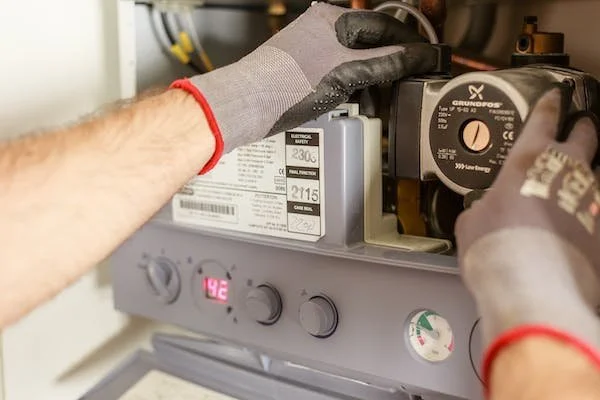Accoya wood is a highly engineered, sustainable, and durable type of wood that is fast becoming the preferred choice for architects and homeowners alike. This innovative wood technology has many benefits that make it perfect for various applications, including building facades, cladding, windows, doors, decking, and landscaping.
In this article, we'll look at the top 5 advantages of using Accoya wood for your upcoming home project.
Benefits of Choosing Accoya Wood
1. Versatility
Accoya wood is a versatile material that can be used in a variety of applications. It can be machined and finished like traditional wood, making it easy to work with and customize. It can also be used for both interior and exterior projects, making it the perfect choice for homeowners wanting a consistent look throughout their homes.
2. Sustainability
Accoya wood is made from sustainably sourced, fast-growing softwood trees treated with a non-toxic acetylation process. This process modifies the wood at a molecular level, making it highly durable and resistant to rot while maintaining its natural beauty and texture. The result is a durable, environmentally friendly product that has a wide range of uses.
3. Stability
One of the key benefits of Accoya wood is its stability. The acetylation process reduces the wood’s ability to absorb water, making it less likely to warp, shrink, or swell. This makes it the perfect option for applications where stability is a must, such as cladding or windows. Gas strut windows, for example, require a stable material to ensure they function properly, and Accoya wood is the perfect choice for this application.
4. Low Maintenance
Another benefit of choosing Accoya wood is its low maintenance requirements. Over its lifetime, it requires little maintenance because it is so robust. It also has a high resistance to UV damage, which means it won’t fade or degrade over time. This makes it an ideal choice for facades and decking applications, where extra maintenance can be costly and time-consuming.
5. Aesthetics
Accoya wood can be utilized to design spectacular architectural features, and its natural beauty and texture make it a popular choice. Depending on the desired appearance and feel, it can be painted, stained, or left natural. As a result, it can give any structure or home a timeless, classic appearance.
Things to Know About Accoya Wood
1. Manufacturing Process
As mentioned above, Accoya wood is made from sustainably sourced, fast-growing softwood trees treated with a non-toxic acetylation process. This treatment process creates a more stable and durable product. The acetylation process also reduces the wood's ability to absorb water, making it resistant to decay, insect attack, and rot.
2. Environmental Sustainability
Accoya wood is an environmentally sustainable choice for your home project. The acetylation process uses only natural ingredients, such as vinegar and water, and there is no need for toxic preservatives. The wood is sourced from sustainably managed forests, and the production process has a lower carbon footprint than traditional wood treatment processing.
3. Longevity
Accoya wood has a long lifespan of up to 50 years above ground and 25 years in freshwater or below ground. It is a great option for outdoor applications like decking and landscaping since it is resistant to fungal deterioration and insect attacks. Accoya wood has also been used in historical buildings.
Tips for Using Accoya Wood in Home Projects
1. Use Stainless Steel Fixings
Accoya wood is highly resistant to corrosion, but using stainless steel fixings will ensure that your project lasts for many years. Stainless steel fixings are also ideal for marine environments, where saltwater can cause corrosion.
2. Seal the Ends
Accoya wood's ends can be sealed to stop moisture from penetrating and causing deterioration. This is especially important for decking and cladding applications, where the end grain is exposed.
3. Allow for Expansion and Contraction
Accoya wood has a low moisture content, making it less likely to shrink or swell. However, allowing for expansion and contraction is still important when installing the wood. Follow the manufacturer's guidelines for spacing and installation to ensure a long-lasting result.
4. Finishing
Accoya wood can be dyed, painted, or left natural for the desired appearance and feel. If you choose to paint or stain the wood, use a high-quality product that is suitable for use with Accoya wood.
Conclusion
Accoya wood is an excellent choice for various applications, including building facades, cladding, windows, doors, decking, and landscaping. Its durability, sustainability, stability, low maintenance requirements, and aesthetics make it a top choice for architects and homeowners alike. If you’re planning a home project, consider using Accoya wood for a beautiful, sustainable, and long-lasting result.
Guest Contributor: Stephanie Snyder

















